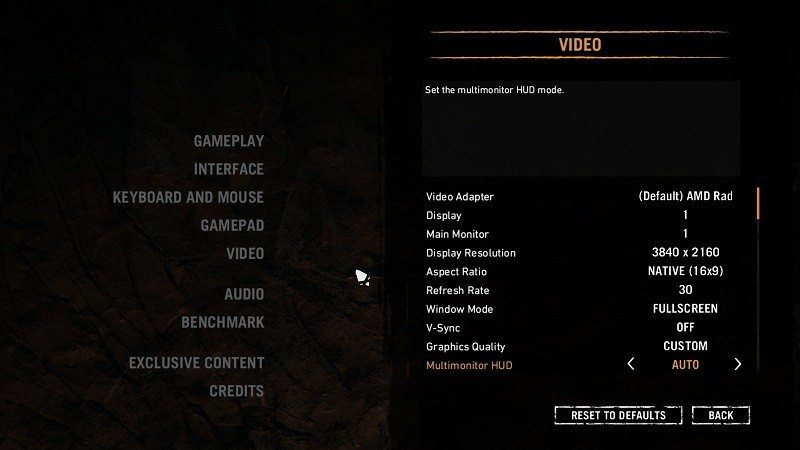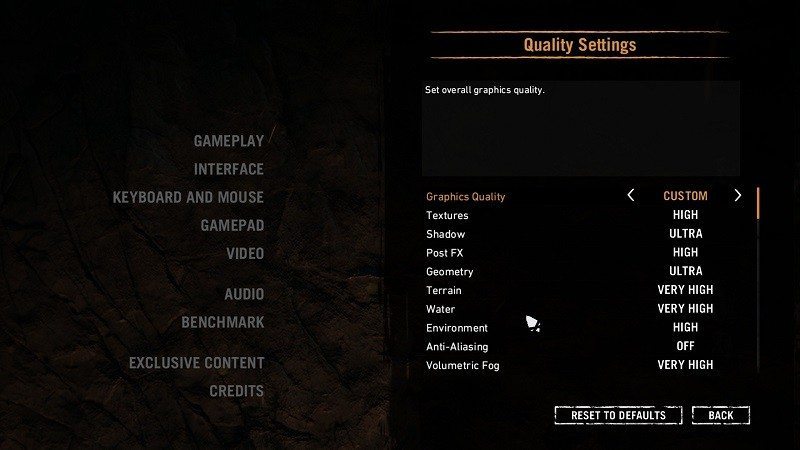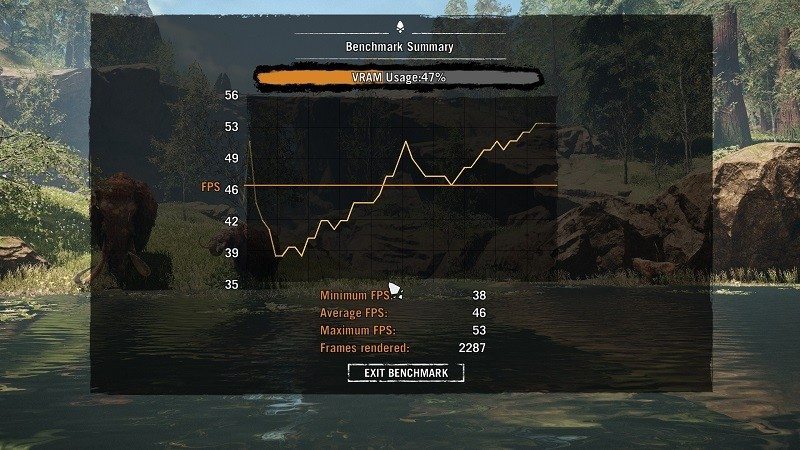Far Cry Primal Graphics Card Performance Analysis
John Williamson / 9 years ago
Test Systems and Procedures
Before we delve into any testing we would like to take this opportunity to overview our test system.
Test System
- Motherboard – Gigabyte X99-Gaming G1 WiFi LGA 2011-3 Motherboard
- Processor – Intel Core i7 5820K at Stock 3.3GHz
- RAM – 16GB (4 X 4GB) Crucial Ballistix Sport DDR4 2400MHz
- CPU Cooler – Thermaltake Water 3.0 with Gelid GC-Extreme
- Power Supply – BeQuiet Dark Power Pro 11 1200w
- Main Storage Drive – Crucial M550 512GB
- Chassis – Lian Li T80 Test Bench
- Displays – AOC U2868PQU 4K
- Operating System – Windows 8.1 Pro 64 Bit
Driver Details
We always ensure the latest drivers are used at the time of testing to find each GPU’s current potential.

Games Used
- Far Cry Primal
Game Version
It can be quite challenging for any system analysis to remain completely accurate due to driver enhancements and improved optimization through post-release patches. Therefore, it’s imperative to provide readers with this information so they can easily determine how the results might differ in a few months time. As you can see, the latest patch updates the game to version 1.2.0 and helps in GPU-bound scenarios. This means the data is up-to-date and a more accurate depiction of the performance compared to initial analysis on release.

Test Procedure
Far Cry Primal contains a fairly comprehensive set of options to find a suitable balance between image quality and frame-rate. The basic video screen allows you to alter resolution, set the refresh rate, graphics preset, V-Sync and more! This is looking very promising and should help with scaling across various tiers of graphics cards.

The advanced section is littered with settings including texture quality, shadows, water effects, environment details and a host of other customizable options. During the testing procedure, I selected the maximum preset and then turned off Anti-Aliasing. Once complete, I double checked each setting apart from AA to ensure it was set to the highest option. Please note, AA is disabled because games tend to be quite vague about the type of AA implementation or use FXAA. This fast form of AA isn’t great and many users prefer to leave it off because of the hazy effect.

The game incorporates a benchmarking tool to easily judge performance in a wide range of scenes. This means it’s extremely easy to acquire results which reflect frame dips during intense moments. To clarify the benchmark’s accuracy, I ran a similar run using real-time gameplay and compared it to the integrated benchmark. I’m pleased to say the data remained consistent and within 2 frames-per-second of the internal benchmarking utility. This means the benchmark tool is accurate and can be used for thorough testing.




















